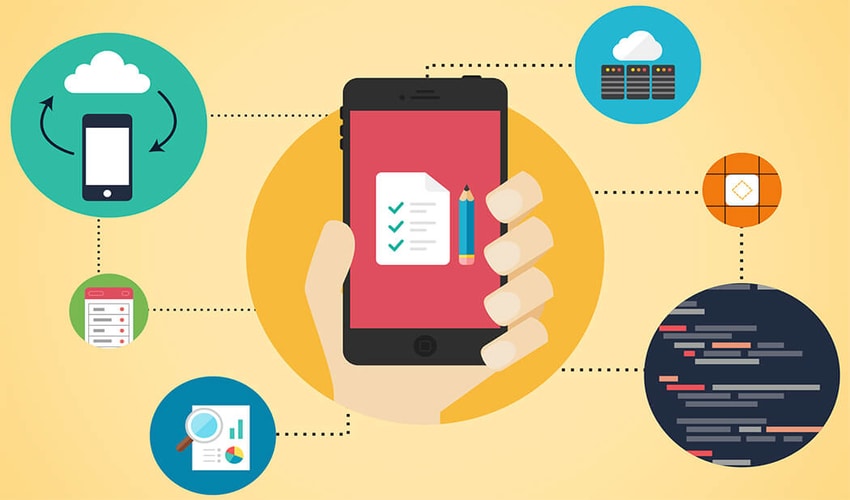
Behavior driven development testing is a process which is designed to facilitate the collaboration of technical and the business teams, and bridge the communication gaps between them. In a nutshell, it fosters effective communication techniques and cooperation between teams towards a common goal of timely and cost efficient project delivery.
In an ideal case scenario, before the development process begins, the three comrades i.e. developers, testers, and the project owner, come together for the appraisal of the user stories and discuss the examples which define the envisaged outcome. The underlying aim of this review session between three different departments is to create a shared understanding of the preferred system behavior so that everyone is on the same page. It is then the job of the testers to take the reviewed examples and create test cases and scenarios out of them with the use of a shared language so that it is understood across the board. The specifically designed test scenarios then facilitate the developers in writing a ‘glue’ code which transforms the conceptualized scenarios into actionable specifications, that are also the living documentation for the project. Therefore, through the behavior driven development approach, the good mobile application testing company and the project team are able to continuously collaborate to create fast and small iterations to ascertain that the application lives up to the users’ expectations.
The Need for Behavior Driven Development
Primarily, the behavior driven development approach can be divided into three main phases, which are as follows;
– Discovery – this process largely comprises the review and assessment meetings between the three representatives from each department, including developers, testers, and product owners. These are basically known as discovery workshops and are vital for the members so that they can come to a shared understanding and transform it into concrete examples as per their understanding of user behavior.
– Formulation – the team of developers and testers work closely in this phase to convert the scenarios constructed in the previous step into the proper formulation. Ideally, the testers should document the said scenarios in a domain-specific and shared language which is understood by everyone involved. The motivation behind this step is that any potential errors and defects would be eliminated from the system before the actual development begins.
– Automation – in this step the developers are required to write the glue code which acts as the bridge between the business documented text and the developed system. These executable specifications that are designed are then run by the automation frameworks.
Benefits of Behavior Driven Development in Mobile Testing
Although the impact of this approach is mostly dependent on how well it is integrated into the workflow and the effective adaptation of the team, nevertheless it makes the project delivery time and cost-efficient. Given that everyone has a common goal to work towards, this also encourages collaboration and improves communication between developers, the mobile application testing company, and all non-technical members. It is more likely to meet the desired expectations considering the non-programmatic, shared language. f
Tech World Times (TWT), a global collective focusing on the latest tech news and trends in blockchain, Fintech, Development & Testing, AI and Startups. If you are looking for the guest post then contact at techworldtimes@gmail.com

